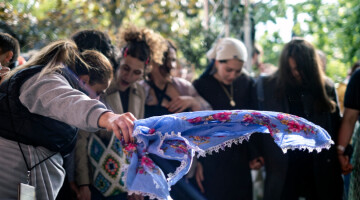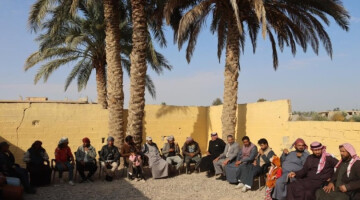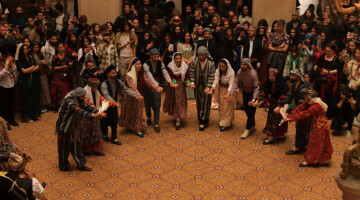106 years ago, the deportation of the Armenian elite from Constantinople marked the beginning of the genocide, which Armenians refer to as Aghet and to which millions of people fell victim. Turkey does not recognize the genocide to this day. During the Ottoman Empire, a large Armenian population lived in the Kurdish provinces of what is now eastern Turkey, particularly in the region between Van, Muş and Bitlis.
After the start of the mass deportation, Armenians living in Muş were also forcibly expelled from their homes and all their belongings were confiscated by the Ottoman government. Since then, the Armenian cultural heritage in the city has been anything but protected. With an urban renewal project approved by the city council in 2011, the housing authority TOKI destroyed many Armenian houses in the Kale district. In the place of the historic Armenian buildings, 864 residential houses and 107 offices were built.
In the meantime, there is only one Armenian house that resists destruction. Ercan Çete, the current owner of the house, does not agree with the demolition and demands its preservation. "This house is older than 180 years. I think it could be about 300 years old," Çete says. "When they came to me to make an agreement, I said this house is history, I will not give it to you. This place should be preserved as part of our history. I was able to officially document that this house is a historic structure, but even after that, the authority tried to make an agreement with me to demolish the house. This is not just about me. The Culture and Tourism Authority must preserve this house. This is a historic place."















